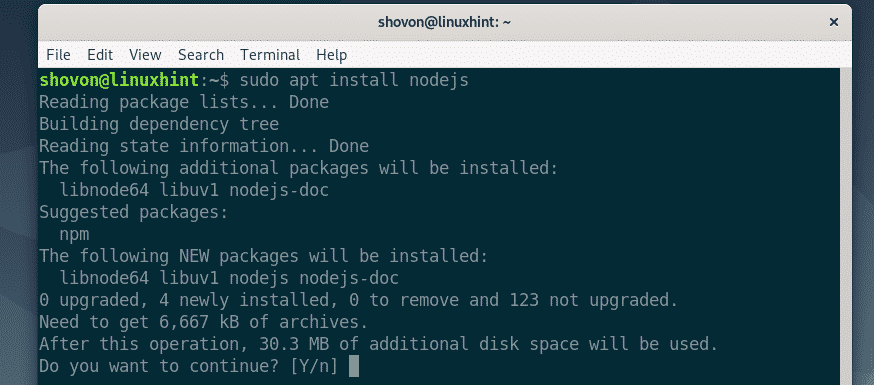

These languages have better tools for creating programs without as much programming and are more specialized for specific application areas.Īll of the above are categorized as either Machine language (low-level language ), assembly language (low-level language ), or high-level language. These were developed in the 1990s and are in use in the 2000s. e.g VB, Javascript, Java, Perl, Python, etc These languages are commonly referred to as scripting languages.

In the 1980s Object-oriented programming languages were developed and also requires a compiler. Also referred to as system programming languages. They are mostly used in database programming and scripts. These are languages that consist of statements similar to statements in a human language. The fourth-generation languages – Also known as 4GL.These are high-level languages e.g C, Cobol, Fortran, etc They are written in a more natural notation e.g mathematical formulas. The third-generation languages – Also known as 3GL.They are also low-level languages but generally consist of assembly languages.

The second-generation languages – Also known as 2GL.These were the languages used in the 1940s. These are low-level languages that are machine languages i.e languages only understood by computers. The first generation languages – Also known as 1GL.In this section, I will highlight how programming in has evolved over time: Each of these languages is unique in its own way. Currently, there are over 500 programming languages.


 0 kommentar(er)
0 kommentar(er)
